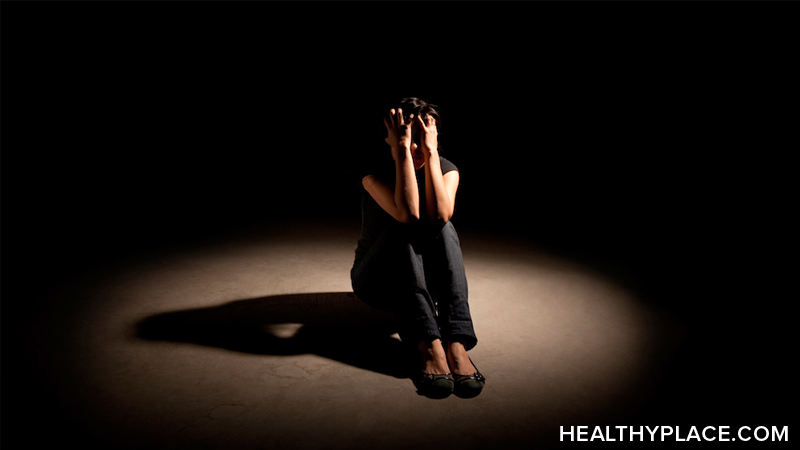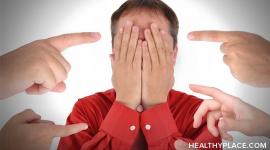Phobia Symptoms: How Symptoms of Phobias Reveal Themselves

Phobia symptoms and signs are wide ranging and can affect many aspects of everyday life. Phobia symptoms are driven by an elevated and continuing fear of an object or situation that poses no real danger. It doesn't matter whether the person has a phobia around a specific situation (being in an elevator) or an object (like fear of spiders), the symptoms of phobias will still be similar.
Phobia signs and symptoms can range from minor and annoying to extreme and debilitating. The most obvious sign of a phobia is the avoidance of objects or situations due to fear. This fear may result in panic attacks or other feelings of severe anxiety. Severe symptoms can limit a person's life as they try to avoid any situation that produces phobia symptoms. Most people must get professional treatment for phobias in order to overcome them.
There are three types of phobias, each with their own set of diagnostic symptoms. According to the latest version of the Diagnostic and Statistical Manual of Mental Disorders (DSM-IV-TR), they are:
- Social phobias (for more, see social anxiety disorder)
- Specific (simple) phobias – such as the fear of water or the fear of being in an enclosed space
- Agoraphobia – fear of being alone in public places (read about panic disorder with agoraphobia)
Specific Phobia Symptoms
According to the DSM-IV-TR, phobia symptoms for specific (simple) phobias include:1
- An excessive persistent or irrational fear that is triggered by the presence or anticipation of a specific object or situation
- Exposure to the event or object almost always results in an immediate anxiety response
- Acknowledges this response to be unreasonable or excessive
- Avoidance of the situation or object or experiences due to intense anxiety or distress when presented with the situation or object
- Anxiety symptoms that significantly interfere with a person's day-to-day functioning
- Phobia symptoms that last at least 6 months for individuals younger than 18 years
- Phobia symptoms are not accounted for by other mental disorders
All phobia symptoms outlined above are needed for the diagnosis of a phobic disorder.
Symptoms of Agoraphobia
Phobia symptoms for agoraphobia are often specific to the individual but generally revolve around anxiety over being alone in a public situation. Agoraphobia symptoms tend to cluster around:2
- Being outside the home
- Being in crowd
- Standing in line
- Being on a bridge (assuming no fear of heights)
- Traveling on a bus, train or automobile
The DSM-IV-TR diagnostic symptoms for agoraphobia are:
- Anxiety about being in places or situations from which escape might be difficult (or embarrassing) or in which help may not be available in the event of having an unexpected or situationally predisposed panic attack or panic-like symptoms.
- The situations are avoided or else are endured with marked distress or with anxiety about having a panic attack or panic-like symptoms, or require the presence of a companion.
- The anxiety or phobic avoidance is not better accounted for by another mental disorder, such as Social Phobia or Specific Phobia
Signs of Phobias
In addition to the symptoms of phobias that are used for diagnosis, additional signs of phobias exist. Signs of phobias are similar to signs of generalized anxiety disorder; however, phobic disorders have a specific cause whereas generalized anxiety disorder does not.
When exposed to the feared object or situation, signs of phobias include:3
- Feeling of imminent danger, doom or the need to escape
- Heart palpitations
- Sweating
- Trembling
- Shortness of breath or a choking or smothering feeling
- Chest pain or discomfort
- Nausea or abdominal discomfort
- Feeling faint, dizzy, lightheaded or a tingling sensation
- A sense of things being unreal, depersonalization
- A fear of dying, losing control or "going crazy"
- Chills or heat flush
|
|
APA Reference
Tracy, N.
(2012, January 10). Phobia Symptoms: How Symptoms of Phobias Reveal Themselves, HealthyPlace. Retrieved
on 2025, May 30 from https://www.healthyplace.com/anxiety-panic/phobias/phobia-symptoms-how-symptoms-of-phobias-reveal-themselves



